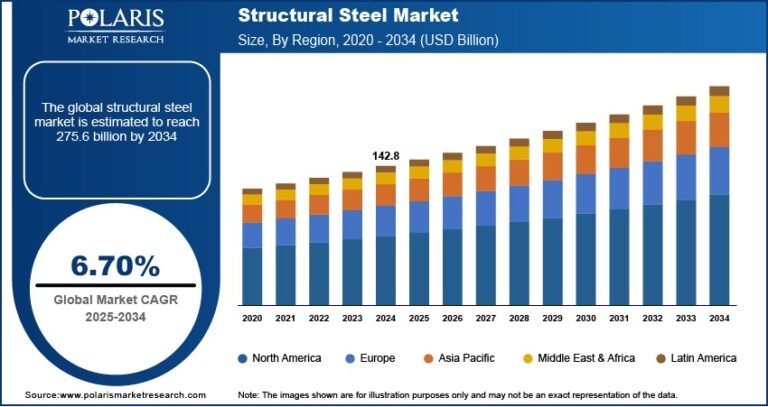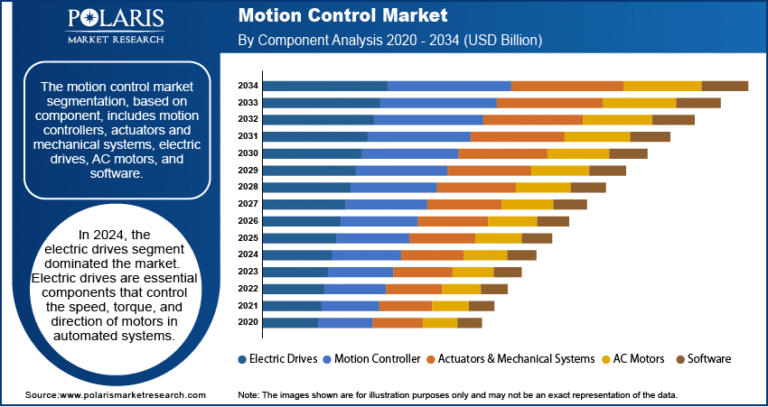Laser Rangefinder Market to Reach USD 12.5 Billion by 2034, Expanding at a CAGR of 14.60%

The global laser rangefinder market was valued at USD 3.2 billion in 2024 and is projected to grow at a CAGR of 14.60% from 2025 to 2034, fueled by rising adoption across defense, sports, and industrial automation sectors.
Market Definition
The laser rangefinder market encompasses devices that use laser technology to accurately measure distances to a target object. These instruments are widely used in various sectors such as defense, construction, sports, forestry, and industrial automation due to their precision, speed, and reliability. Laser rangefinders operate by emitting a laser beam toward a target and calculating the time it takes for the reflected beam to return. Advancements in sensor technology, miniaturization, and integration with GPS and AI are expanding their applications and driving market growth globally.
Key Findings and Essential Insights
· In 2024, North America accounted for the highest revenue share in the global Laser Rangefinder Market market.
· Based on Range Outlook, the Very low, Medium is expected to gain significant traction over the forecast period.
Market Overview: Key Figures at a Glance
Market size value in 2024 – USD 3.20 billion
Revenue forecast in 2034 – USD 12.5 billion
CAGR – 14.60% from 2025 – 2034
Get access to the full report or request a complimentary sample for in-depth analysis:
https://www.polarismarketresearch.com/industry-analysis/laser-rangefinder-market/request-for-sample
Market Growth Drivers
1. Rising Defense and Military Spending
Laser rangefinders are critical tools in target acquisition, surveillance, and reconnaissance operations. With rising global defense budgets—especially in the U.S., China, India, and NATO countries—demand for advanced rangefinding solutions is increasing. Military forces are investing in portable laser rangefinders, vehicle-mounted systems, and UAV-integrated sensors to enhance battlefield precision and situational awareness.
2. Surge in Outdoor Sports and Hunting Activities
Consumer adoption of laser rangefinders is on the rise, especially in golf, hunting, and archery. These devices offer users precision distance measurements, aiding in accuracy and performance. The growing popularity of outdoor recreational activities in North America and Europe is contributing significantly to market demand.
3. Growing Adoption in Industrial and Construction Applications
Laser rangefinders are increasingly used in construction, mining, forestry, and civil engineering for measuring distances, heights, and surface levels with high accuracy. Their ability to operate in harsh environments, over long distances, and with minimal human intervention makes them ideal for industrial site assessments and automation workflows.
4. Technological Advancements in Sensor Accuracy and Miniaturization
Ongoing improvements in laser sensor precision, range, and miniaturization are enabling more compact, energy-efficient, and cost-effective rangefinding systems. Integration with GPS, AI, and drone technologies is opening new avenues for real-time mapping, remote monitoring, and autonomous navigation systems.
5. Increasing Use in Autonomous Vehicles and Drones
Laser rangefinders play a vital role in obstacle detection and navigation for autonomous vehicles, robotics, and drones. As adoption of unmanned aerial vehicles (UAVs) and self-driving technology grows, the need for reliable, long-range, and lightweight distance measurement systems is rising, supporting the expansion of the laser rangefinder market.
Market Key Players
The competitive landscape features a mix of long-standing companies and emerging contenders. Leading players are actively pursuing R&D initiatives and strategic moves to strengthen their market position. Notable participants include
- Carl Zeiss AG
- Elbit Systems Ltd.
- Flir Systems, Inc.
- Kongsberg Gruppen Asa.
- Lockheed Martin Corporation
- Northrop Grumman Corporation
- Rheinmetall AG
- Robert Bosch GmbH
- Thales Group
- UTC Aerospace Systems






